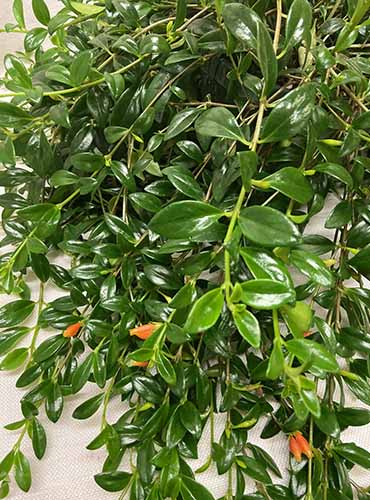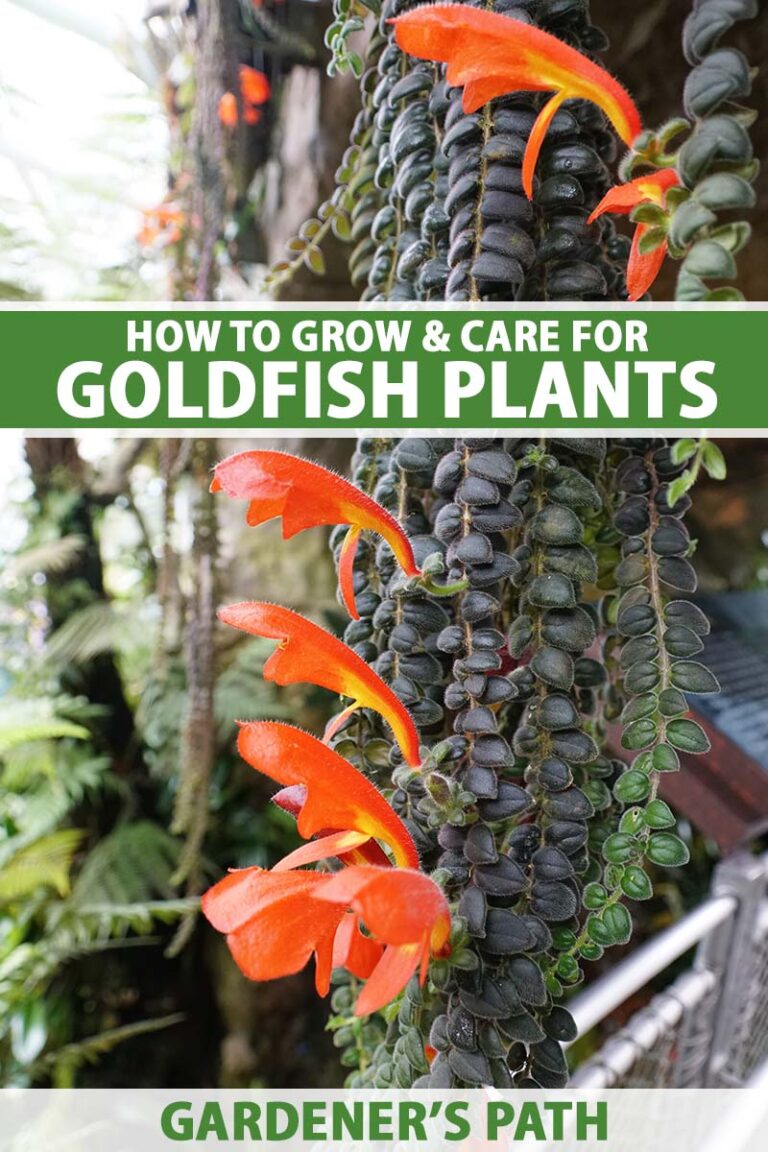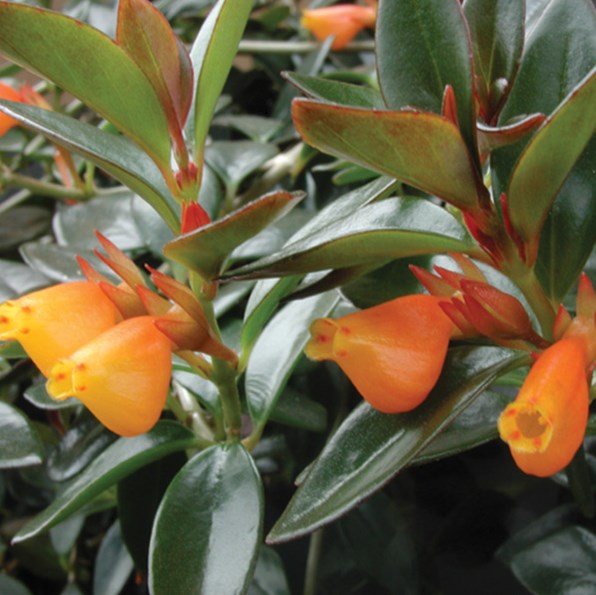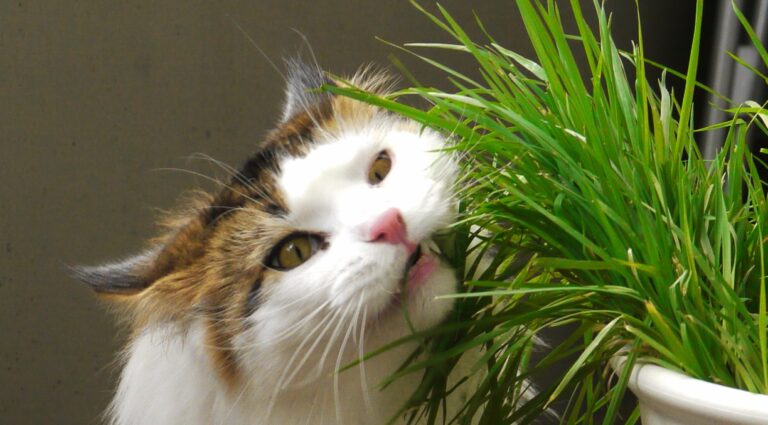Goldfish Plant Overview
Unique Features of Goldfish Plants
Goldfish plants, admired for their ornamental appeal, are a unique addition to any gardening enthusiast’s collection. These intriguing plants are not a single species but encompass numerous species within the Gesneriaceae family, notably belonging to two genera: Columnea and Nematanthus (Epic Gardening).
Goldfish plants are known for their distinctive goldfish-shaped blooms, which are strikingly colorful. Their flowers come in hues of red, orange, yellow, and pink, resembling small fish swimming amongst the green foliage. These blooms can be a focal point in any indoor garden setting.
Plant Characteristics
- Stems and Leaves: Most goldfish plants have woody stems that can grow up to 3 feet long. These stems are adorned with slightly succulent, dark green leaves. Depending on the species, the leaves may be waxy, smooth, or even fuzzy like their cousin, the African Violet.
- Epiphytic Nature: Goldfish plants are epiphytes, naturally growing on other plants and drawing their nutrients and water from the air and rain. This characteristic makes them more finicky when it comes to care compared to other tropical plants. They thrive well in humid environments, mimicking their natural tropical habitats.
Native Habitat
Goldfish plants are native to Central and South America, particularly inhabiting tropical and subtropical forests. Some species thrive in high elevation cloud forests, which means they are adapted to humid, misty environments. They belong to the Nematanthus and Columnea genera, sharing their family ties with African violets, Cape primrose, and gloxinia.
Significant Notes
- Toxicity: It’s important to note that goldfish plants are somewhat poisonous to humans and animals. Care should be taken to keep the plant out of reach of pets and small children (Epic Gardening).
- Flowering Schedule: Goldfish plants primarily bloom in spring and summer, although some species may produce flowers year-round under optimal conditions. The vibrant blooms add a splash of color and a unique visual interest to indoor spaces.
To successfully cultivate goldfish plants, it is essential to replicate their natural habitat as closely as possible, paying special attention to factors such as light, water, and humidity. For more details on the specific care requirements, visit our section on goldfish plant care instructions.
Caring for Goldfish Plants
Proper care is essential for maintaining the health and beauty of goldfish plants. These vibrant plants require specific conditions to thrive and avoid issues such as goldfish plant purple leaves.
Lighting and Location
Goldfish plants prefer bright, indirect light. Direct sunlight can scorch their leaves, while too little light can hinder flower production. An eastern-facing window is ideal for providing the necessary light without the intensity of direct sun. Alternatively, they can be grown under grow lights, ensuring they receive over 10 hours of light each day.
| Recommended Light Exposure |
|---|
| Bright, indirect light |
| Eastern-facing windows |
| Skylight windows |
| North-facing windows |
| Grow lights (10+ hours a day) |
For more tips on light requirements, visit our guide on goldfish plant light.
Watering and Flowering Schedule
Maintaining a consistent watering schedule is crucial for goldfish plants. The soil should be kept moist but well-drained to prevent root rot. During the growing season (spring and summer), water regularly to support their blooming cycle. In fall and winter, reduce watering frequency as the plant’s growth slows.
| Season | Watering Frequency |
|---|---|
| Spring & Summer | Every 1-2 weeks |
| Fall & Winter | Every 2-3 weeks |
Goldfish plants thrive in high humidity environments, simulating their tropical origins. Mist the leaves occasionally or use a humidifier to maintain optimal moisture levels. For more details on proper watering techniques, visit our page on goldfish plant watering.
Additionally, goldfish plants benefit from regular fertilization during the growing season. Use a balanced, water-soluble fertilizer every 4-6 weeks to promote vibrant blooms and healthy growth.
For more information on the flowering cycle of goldfish plants, read our article on goldfish plant bloom. If you have any issues with your plant’s health, such as falling leaves or leggy growth, explore our troubleshooting guides like goldfish plant leaves falling off and goldfish plant leggy.
By providing the right lighting conditions, maintaining a proper watering schedule, and ensuring high humidity, your goldfish plant can flourish and add a splash of vibrant color to your home. For more comprehensive care instructions, visit our goldfish plant care instructions.




